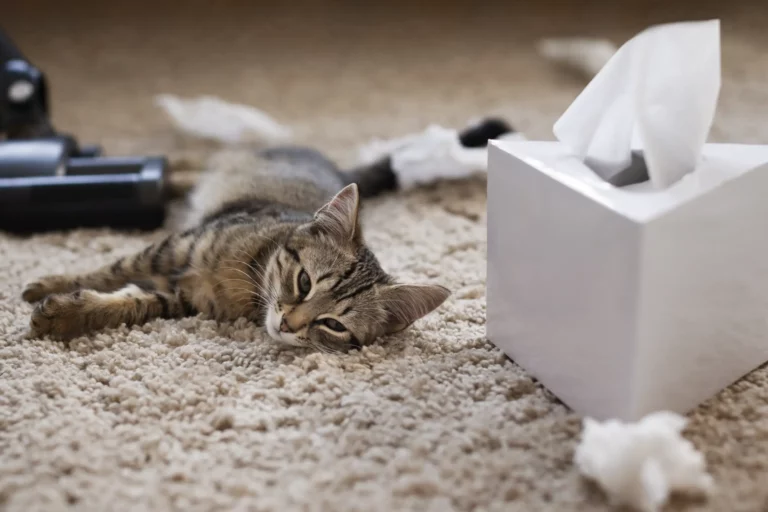How Long Can Cats Hold Their Pee: Understanding Feline Urinary Habits
As a cat owner, it is essential to familiarize yourself with your feline friend’s urinary habits to ensure their overall health and well-being.
Monitoring your cat’s urination frequency, duration, and any changes in these behaviors can help you identify potential health issues early on.
Additionally, understanding how long cats can hold their pee can prevent unnecessary stress and anxiety for both you and your cat.
A cat’s urinary habits are closely related to its overall health. Abnormalities in urinary behavior can be indicators of underlying health problems, such as urinary tract infections, kidney disease, or bladder stones.
By keeping an eye on your cat’s urinary habits and addressing any concerns promptly, you can help maintain your cat’s health and ensure they live a happy, comfortable life.
The Basics of Feline Urinary Behavior
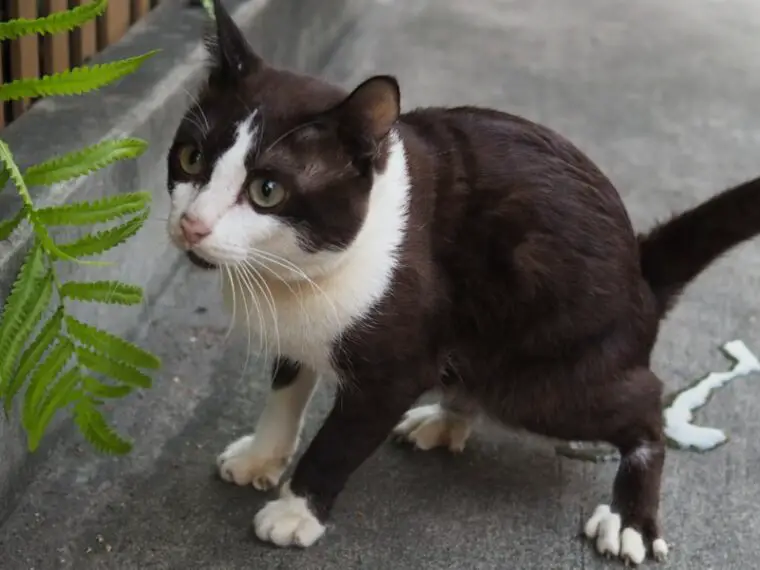
Normal urinary habits in cats
Cats, like humans and other animals, have unique urinary habits that can vary depending on individual factors. However, there are some general patterns observed in feline urinary behavior.
A healthy adult cat will typically urinate between two to four times per day. Each urination session should be relatively quick, lasting about 20 to 30 seconds.
The urine should be clear or light yellow in color, and the litter should clump together when the cat pees, making it easy to scoop out.
Factors that influence how long cats can hold their pee
Several factors can influence a cat’s ability to hold its pee, including age, health status, hydration levels, and environmental factors. For instance, kittens may need to urinate more frequently due to their smaller bladders and developing urinary systems.
Similarly, elderly cats or those with specific health conditions might have a harder time holding their pee for extended periods.
Cats that are well-hydrated will also need to urinate more frequently than those that are not, while environmental factors such as the cleanliness and location of the litter box can impact a cat’s willingness to use it.
How Long Can Cats Typically Hold Their Pee?
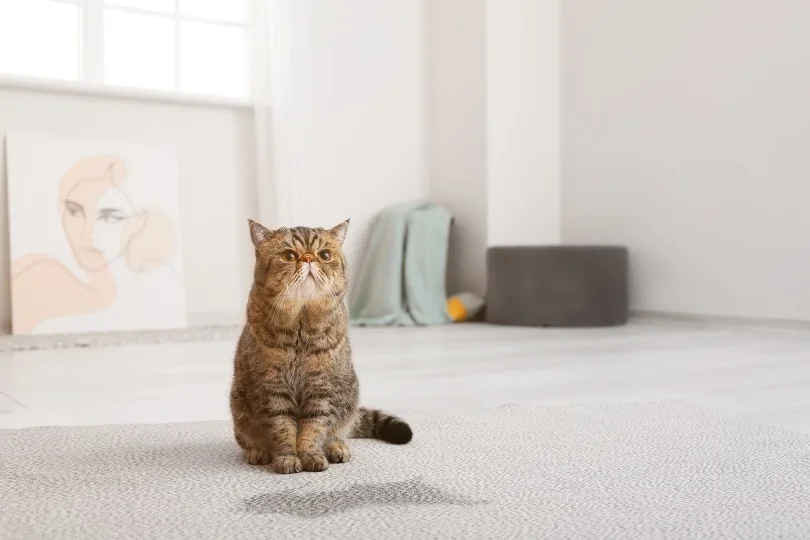
Average duration and range
On average, a healthy adult cat can hold its pee for about 24 to 48 hours. However, this can vary depending on individual factors such as age, health, and hydration levels.
It’s essential to note that holding pee for extended periods can be harmful to a cat’s health, so it’s crucial to provide a clean and accessible litter box for your cat to use whenever necessary.
Dangers of holding pee for too long
If a cat holds its pee for an extended period, it can lead to several health complications. For instance, urine retained in the bladder for too long can lead to the formation of bladder stones or crystals, which can cause blockages and severe pain.
Additionally, holding pee can increase the risk of urinary tract infections, as bacteria have more time to multiply in the stagnant urine. In severe cases, urinary retention can lead to kidney damage or even life-threatening conditions such as urethral obstruction.
Signs of urinary distress in cats
It’s crucial to recognize the signs of urinary distress in cats to address any issues promptly. Some common symptoms to watch for include:
- Frequent trips to the litter box with little or no urine production
- Straining or vocalizing while attempting to urinate
- Blood in the urine
- Excessive licking of the genital area
- Urinating outside the litter box
- Unusual or strong-smelling urine
- Lethargy or loss of appetite
If you notice any of these signs, it’s essential to consult your veterinarian for an evaluation and appropriate treatment.
Factors Affecting a Cat’s Ability to Hold Pee

Age and urinary control
A cat’s age can significantly impact its ability to hold pee. Young kittens have smaller bladders and are still developing urinary control, which means they may need to urinate more frequently than adult cats.
Elderly cats, on the other hand, might experience a decline in bladder control due to age-related muscle weakness or other health issues, making it more difficult for them to hold their pee for extended periods.
Health conditions affecting urinary habits
Certain health conditions can affect a cat’s ability to hold its pee or alter its urinary habits. Some common health issues that can impact a cat’s urinary behavior include:
- Urinary tract infections (UTIs)
- Kidney disease
- Bladder stones or crystals
- Feline Lower Urinary Tract Disease (FLUTD)
- Diabetes
- Hyperthyroidism
If you suspect that your cat’s urinary habits have changed due to an underlying health issue, consult your veterinarian for a thorough examination and proper treatment.
Environmental factors and stress
Environmental factors can also influence a cat’s ability to hold its pee or its willingness to use the litter box.
Cats are sensitive creatures and can become stressed by changes in their environment or routine, which can lead to alterations in their urinary habits.
Some common environmental factors that can affect a cat’s urinary behavior include:
- A dirty or poorly maintained litter box
- The presence of other pets or aggressive animals in the household
- A noisy or chaotic home environment
- Changes in the cat’s routine, such as moving to a new home or the arrival of a new family member
To minimize stress and promote healthy urinary habits, ensure your cat has a clean, quiet, and comfortable space to use the litter box and maintain a consistent routine whenever possible.
The Role of Hydration in Feline Urinary Health
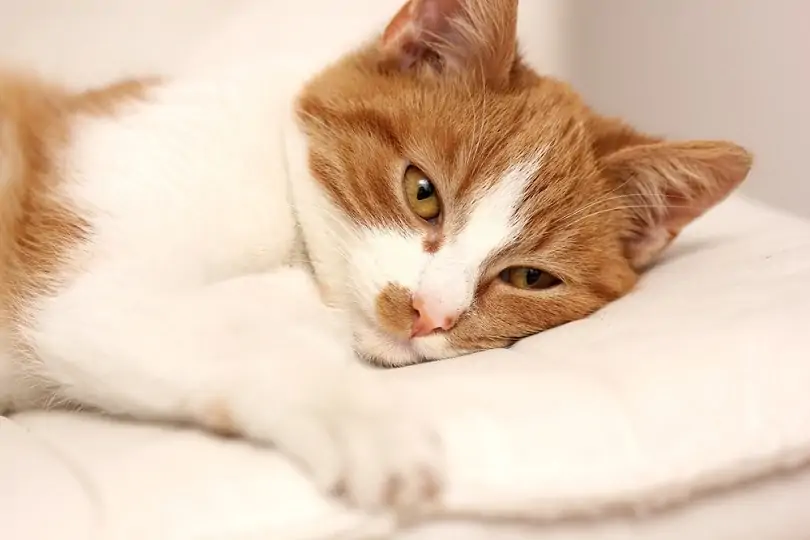
Importance of water intake for cats
Proper hydration plays a crucial role in maintaining a cat’s urinary health.
Adequate water intake helps dilute urine, reducing the concentration of minerals and other substances that can lead to the formation of bladder stones or crystals. It also promotes regular urination, which helps flush out bacteria and maintain a healthy urinary tract.
Cats with certain health conditions, such as kidney disease or diabetes, may require additional water intake to support their overall health.
Tips to encourage proper hydration in cats
Cats can be notoriously picky about their water sources and may not drink enough water to stay adequately hydrated.
Here are some tips to encourage your cat to drink more water:
- Provide multiple water bowls: Place several water bowls throughout your home, ensuring your cat always has access to fresh water.
- Use a water fountain: Many cats prefer running water over still water, so using a water fountain designed for pets can encourage them to drink more.
- Change the water regularly: Keep the water bowls clean and refill them with fresh water daily to make it more appealing to your cat.
- Offer wet food: Incorporate wet food into your cat’s diet, as it has a higher water content than dry food, which can help increase their water intake.
- Use ice cubes: Some cats enjoy playing with ice cubes, which can encourage them to consume more water as the ice melts.
By taking these steps to promote proper hydration, you can help support your cat’s urinary health and prevent potential issues related to dehydration.
Preventing Urinary Problems in Cats
Regular veterinary check-ups
One of the most effective ways to prevent urinary problems in cats is to schedule regular veterinary check-ups, at least once a year for adult cats and more frequently for kittens or senior cats.
These check-ups allow your veterinarian to monitor your cat’s overall health and identify any potential issues early on, including those related to urinary health.
Proper diet and nutrition
Diet plays a significant role in maintaining your cat’s urinary health.
Feeding your cat a balanced, high-quality diet with the appropriate nutrients can help prevent urinary issues such as bladder stones or crystals.
Additionally, your veterinarian may recommend specific diets tailored to your cat’s needs, particularly if they have an underlying health condition that affects their urinary system, such as kidney disease.
Maintaining a clean and comfortable litter box environment
Ensuring that your cat has a clean, comfortable, and easily accessible litter box environment is essential for promoting healthy urinary habits. Here are some tips to maintain an ideal litter box environment:
- Choose the right litter box: Select a litter box that is the appropriate size for your cat and allows them to move comfortably while inside.
- Clean the litter box regularly: Scoop out soiled litter daily and replace it entirely at least once a week. Wash the litter box with mild soap and warm water during each change.
- Provide multiple litter boxes: If you have multiple cats or live in a multi-level home, provide at least one litter box per cat and place them in different areas of the house.
- Use unscented litter: Some cats may be deterred by strong-smelling litter, so opt for unscented varieties to encourage use.
- Ensure privacy: Cats prefer privacy when using the litter box, so place it in a quiet, low-traffic area of your home.
By following these guidelines, you can help prevent urinary problems in your cat and promote overall health and well-being.
Final Words on How Long Can Cats Hold Their Pee
Understanding how long cats can hold their pee and monitoring their urinary habits is crucial for maintaining your feline friend’s overall health and well-being.
Factors such as age, health conditions, hydration levels, and environmental factors can influence a cat’s ability to hold its pee and its urinary habits.
Ensuring proper hydration, providing a clean and comfortable litter box environment, and scheduling regular veterinary check-ups are essential steps to prevent urinary problems and promote a healthy urinary system in cats.
By keeping a close eye on your cat’s urinary habits and addressing any concerns promptly, you can help ensure that your cat stays healthy and comfortable throughout its life.
Early detection and intervention can make a significant difference in the outcome of many urinary-related health issues. As a responsible pet owner, staying informed and proactive about your cat’s urinary health will contribute to a happy and thriving feline companion.
Frequently Asked Questions
How can I tell if my cat is having trouble peeing?
If your cat is having trouble peeing, you may notice signs such as frequent visits to the litter box without producing much urine, straining or vocalizing while attempting to urinate, blood in the urine, excessive licking of the genital area, or urinating outside the litter box. If you observe any of these symptoms, consult your veterinarian for an evaluation and appropriate treatment.
What should I do if my cat hasn’t peed in over 24 hours?
If your cat hasn’t peed in over 24 hours, it’s essential to contact your veterinarian immediately. This could be a sign of a urinary blockage or another serious health issue that requires prompt attention and treatment.
Can certain foods or medications affect my cat’s ability to hold pee?
Yes, some foods and medications can affect your cat’s ability to hold pee or influence their urinary habits. For instance, a diet high in certain minerals may contribute to the formation of bladder stones or crystals, while some medications can cause increased thirst and urination. Always consult your veterinarian before making any changes to your cat’s diet or medication regimen.
How can I help my elderly cat with urinary issues?
To help your elderly cat with urinary issues, consult your veterinarian for a thorough examination and recommendations tailored to your cat’s specific needs. This may include dietary changes, medications, or supplements to support urinary health. Additionally, ensure your cat has easy access to a clean and comfortable litter box and monitor their urinary habits closely to identify any issues promptly.
What are some signs of urinary tract infections in cats?
Some common signs of urinary tract infections (UTIs) in cats include frequent attempts to urinate with little or no urine production, straining or vocalizing while urinating, blood in the urine, strong or unusual-smelling urine, excessive licking of the genital area, and urinating outside the litter box. If you suspect your cat has a UTI, contact your veterinarian for proper diagnosis and treatment.

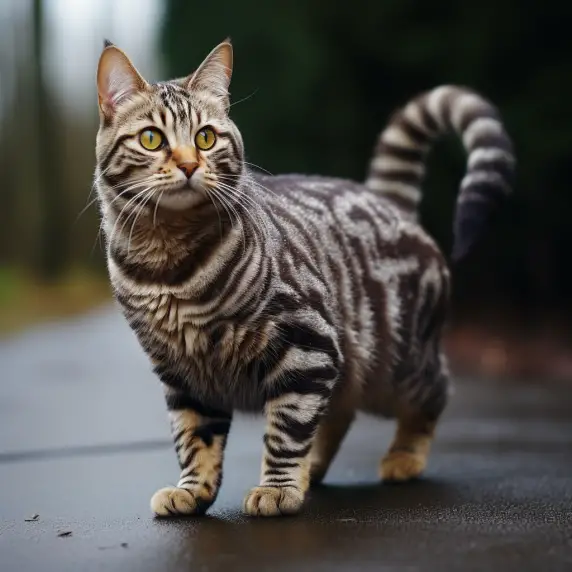
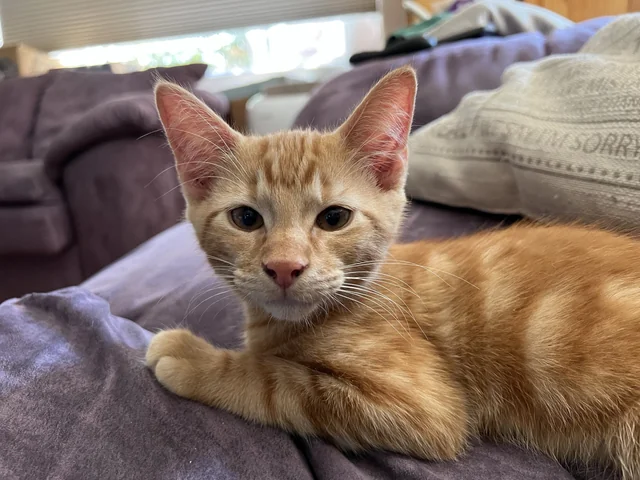


![Why Does My Cat Like To Smell My Breath? [4 Reasons]](https://www.warmlypet.com/wp-content/uploads/2023/01/Why-Does-My-Cat-Like-To-Smell-My-Breath.webp)
